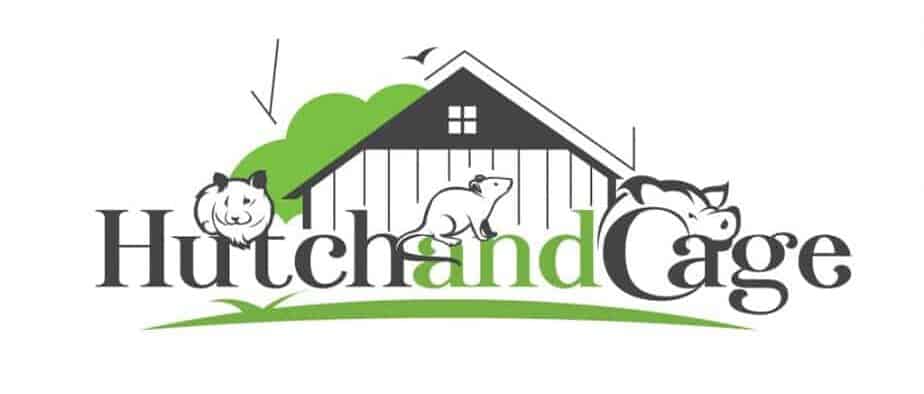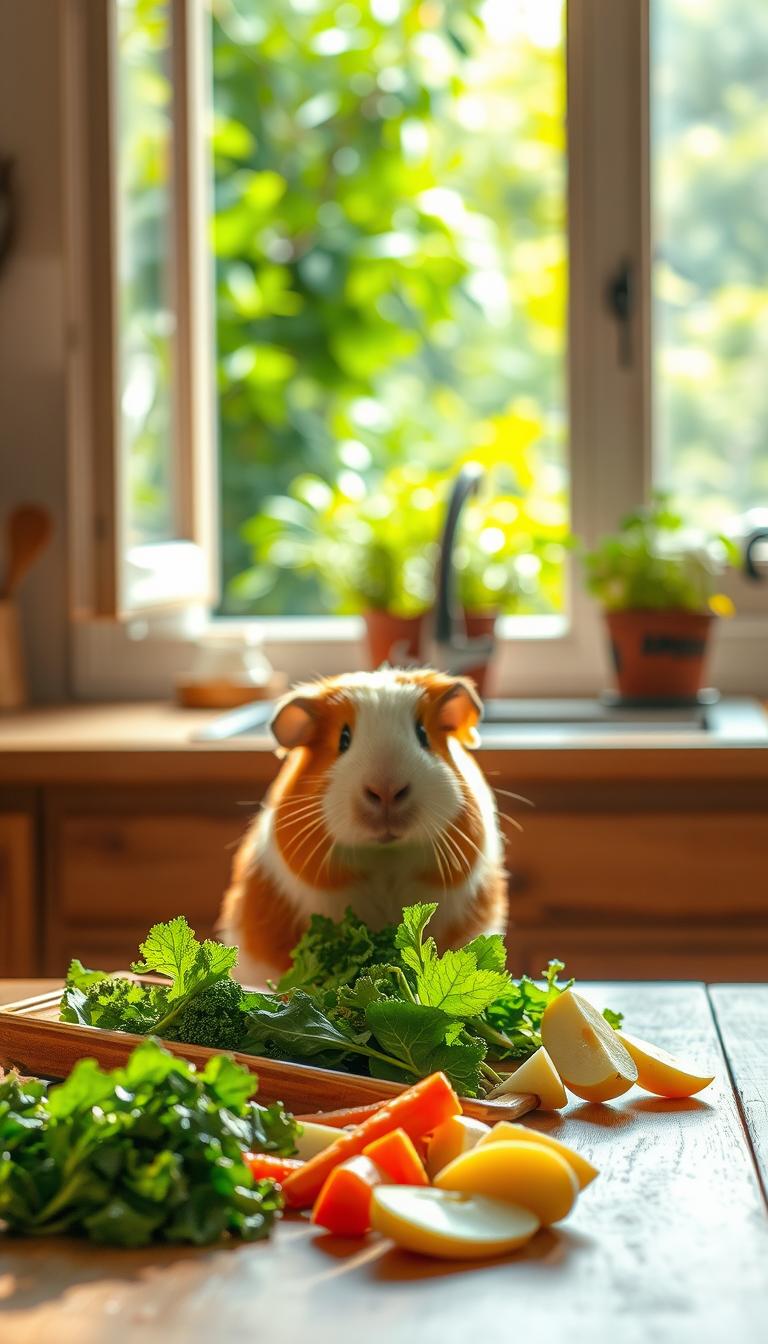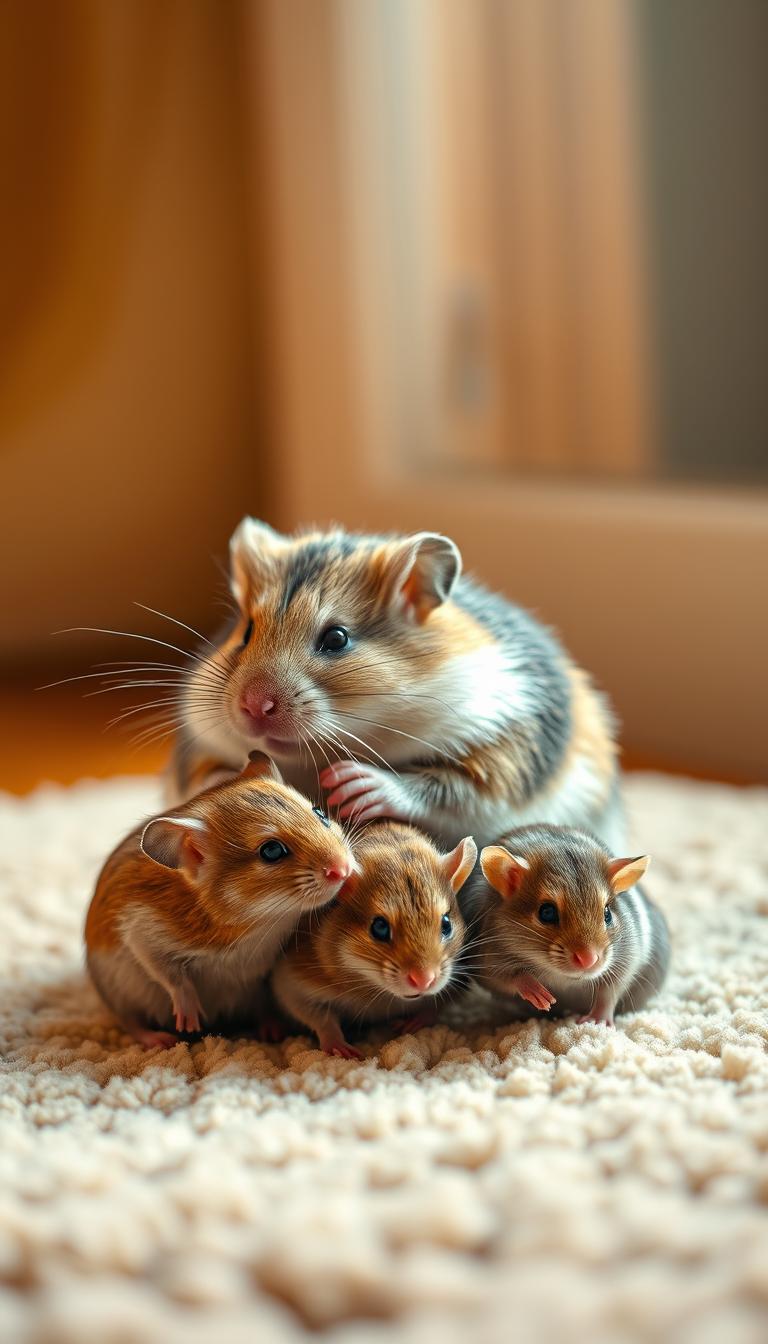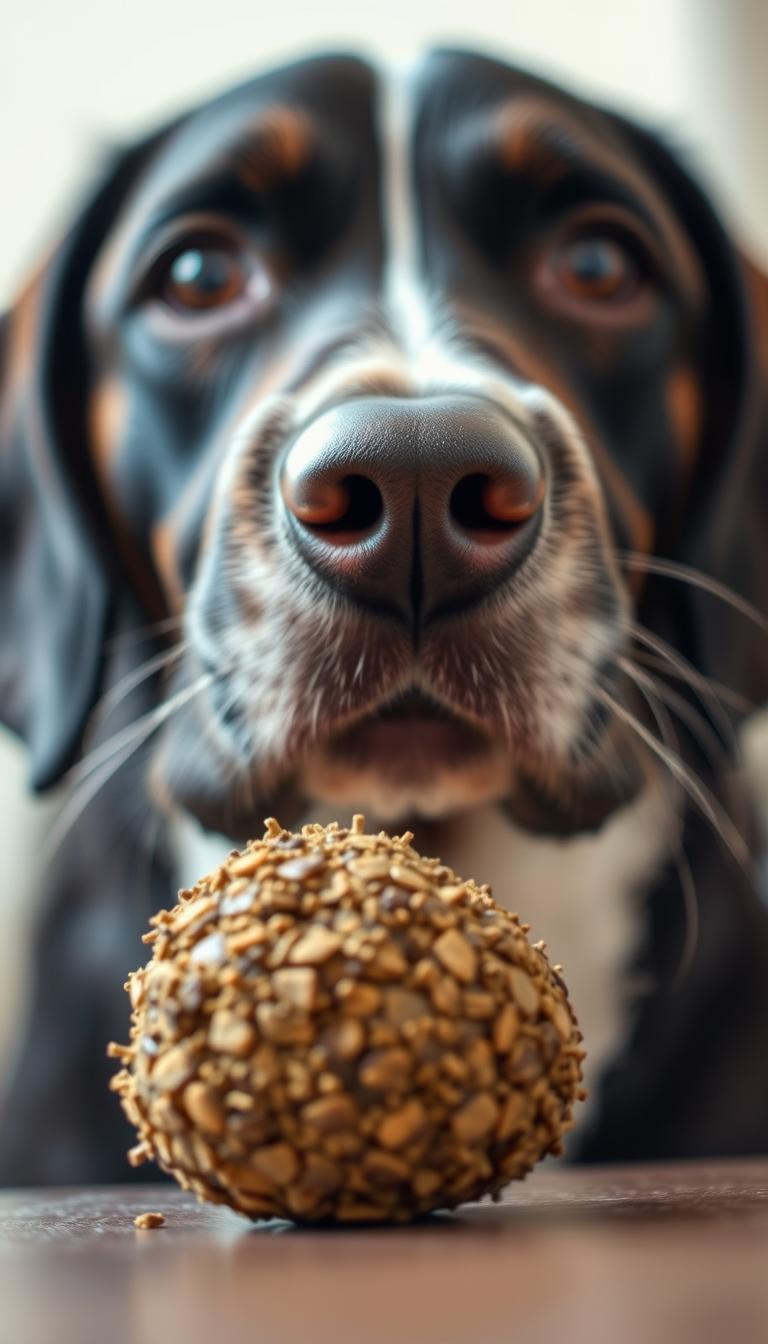Those big, curious eyes staring at your snack might make you want to share a bite. But when it comes to processed human foods like crackers, your pet’s health should always come first. Let’s explore why these crunchy treats don’t belong in a small herbivore’s diet.
Many baked snacks—including saltine, cheese-flavored, or honey-infused varieties—contain ingredients that harm delicate digestive systems. Flour, salt, and artificial additives in crackers can lead to serious issues like bloating or dehydration. Even small amounts disrupt their nutritional balance.
You might think pairing crackers with peanut butter or yogurt makes them safer. Unfortunately, these combinations add more fats and sugars, creating double the risk. Stick to fresh veggies and hay-based treats instead—your pal will thrive on simpler, species-appropriate meals.
For a detailed breakdown of safe snacks and risky foods, explore our dedicated guide. Keeping your companion healthy starts with understanding their unique dietary needs—and avoiding those irresistible but harmful crumbs!
Table of Contents
Understanding Your Guinea Pig’s Nutritional Needs
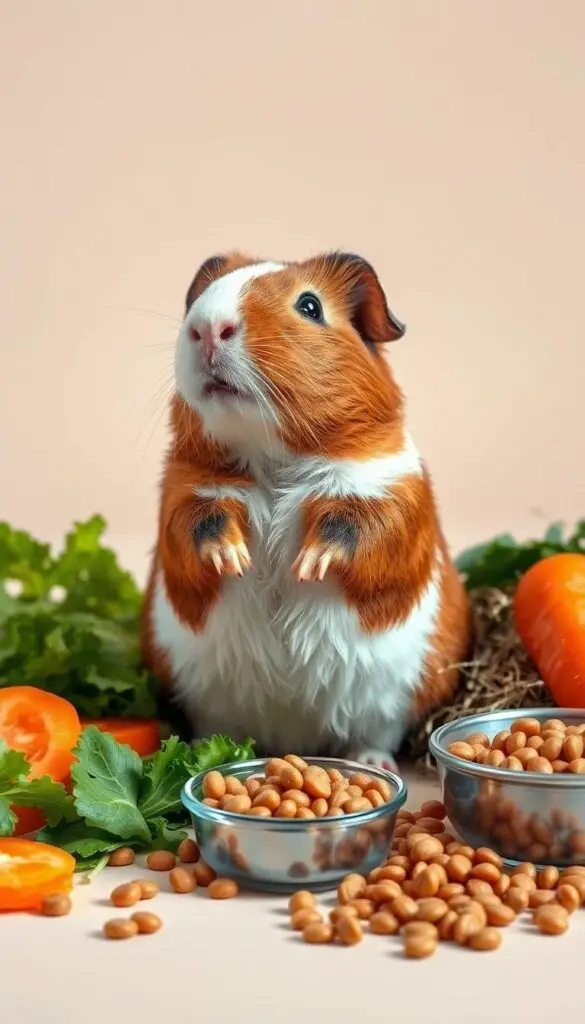
Your furry friend thrives on meals built for their unique biology. Unlike humans, these small herbivores need carefully balanced meals to maintain energy levels and prevent health issues. Let’s break down what keeps them hopping happily!
Key Nutrients for a Healthy Diet
High-fiber hay forms 80% of their daily food intake. It supports digestion and naturally files down teeth that never stop growing. Pair this with vitamin-rich vegetables like kale and bell peppers – crucial since they can’t produce Vitamin C internally.
The Role of Hay, Vegetables, and Fresh Water
Always provide fresh timothy or orchard hay in unlimited quantities. Leafy greens and broccoli florets add essential nutrients while making meals exciting. Change water bottles daily to prevent bacterial growth – bowls get messy fast!
| Food Type | Key Nutrients | Daily Purpose |
|---|---|---|
| Timothy Hay | Fiber, Calcium | Digestion & Dental Health |
| Bell Peppers | Vitamin C | Immune Support |
| Filtered Water | Hydration | Organ Function |
Commercial pellets supplement these staples but choose brands without colorful mixes or added sugars. For treats? Offer orange slices sparingly – their sweet tooth shouldn’t override nutritional needs!
Can Guinea Pigs Eat Graham Crackers?
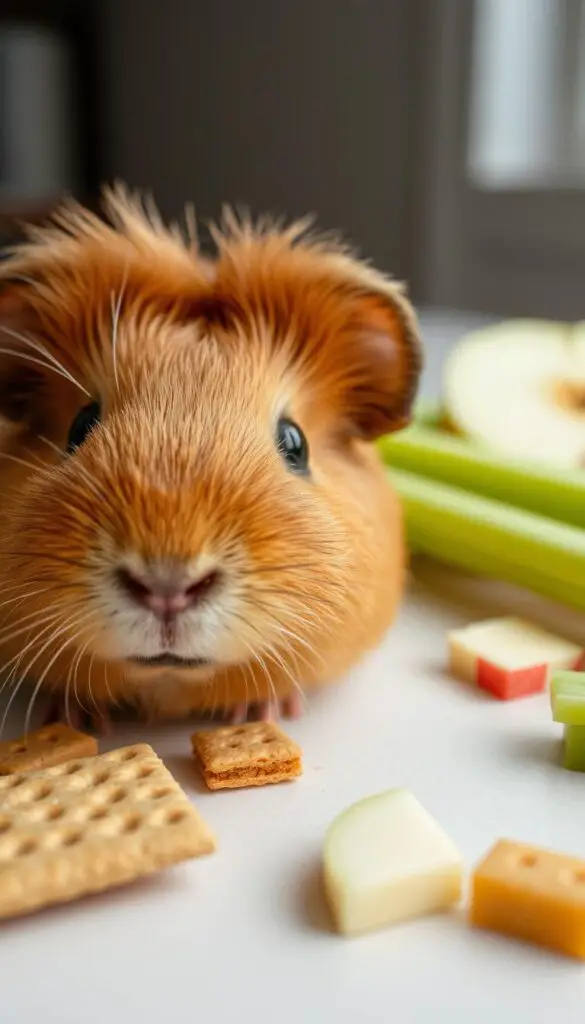
That crinkly wrapper sound might spark excitement, but not every human snack deserves a place in your pet’s bowl. While these baked treats seem harmless, their ingredients create hidden dangers for delicate herbivores.
Why Graham Crackers Are Not Ideal for Your Pet
Flour and sugar form the base of most commercial varieties – two substances their bodies can’t properly process. Even “natural” versions contain binding agents and preservatives that disrupt gut bacteria. Unlike hay-rich diets promoting steady digestion, these empty calories offer zero fiber benefits.
Seasonal flavors like cinnamon or honey intensify the problem. Added sweeteners spike blood sugar levels, while artificial enhancers may trigger allergic reactions. Vets report cases of bloating and diarrhea from owners sharing “just a nibble” of processed snacks.
Accidental ingestion requires immediate attention. Watch for lethargy or reduced appetite – signs their system struggles with unfamiliar starches. Always keep counter snacks sealed and educate family members about pet-safe treat alternatives.
Prioritize fresh produce over pantry items when rewarding your companion. Carrot tops and cucumber slices provide hydration and nutrients without compromising their well-being. Remember: their biology thrives on simplicity, not human-inspired indulgences.
Risks of Feeding Crackers and Processed Foods
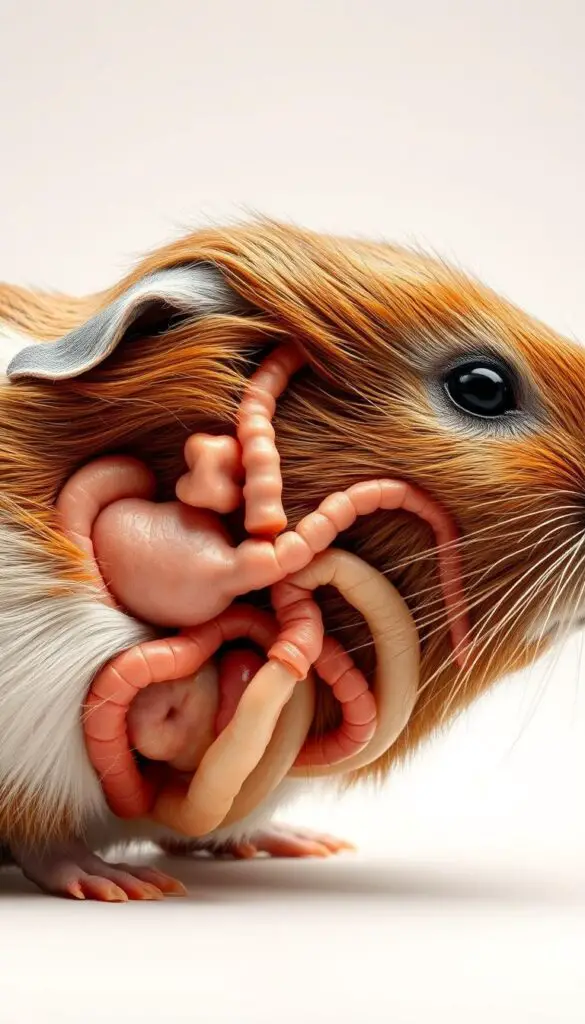
Your pet’s enthusiastic nibbling might seem harmless, but processed snacks carry hidden dangers. Crackers and similar baked goods contain ingredients that clash with herbivore biology, creating risks far beyond a simple tummy ache.
Digestive Issues and Upset Stomachs
High-fat content in these snacks overwhelms delicate systems. Salt and refined flour disrupt fluid balance, leading to painful gas or constipation requiring emergency vet care. Even small amounts can trigger dehydration as your pet desperately tries to flush out excess sodium.
When crackers absorb moisture in the stomach, they expand like sponges. This swelling may cause blockages – a life-threatening scenario needing immediate intervention. Always keep human snacks sealed and explore our toxic foods list for safer choices.
Weight Gain and Cardiovascular Concerns
Regular nibbles quickly lead to obesity in small pets. Excess calories strain their heart and blood vessels, while sodium spikes blood pressure. Unlike vitamin-packed veggies, crackers offer empty calories that replace essential nutrients.
Long-term snack habits can result in scurvy from Vitamin C deficiency. Stick to vet-approved diets featuring hay and fresh greens – your furry friend’s energy and vitality depend on it!
Safe Treat Alternatives to Unhealthy Snacks
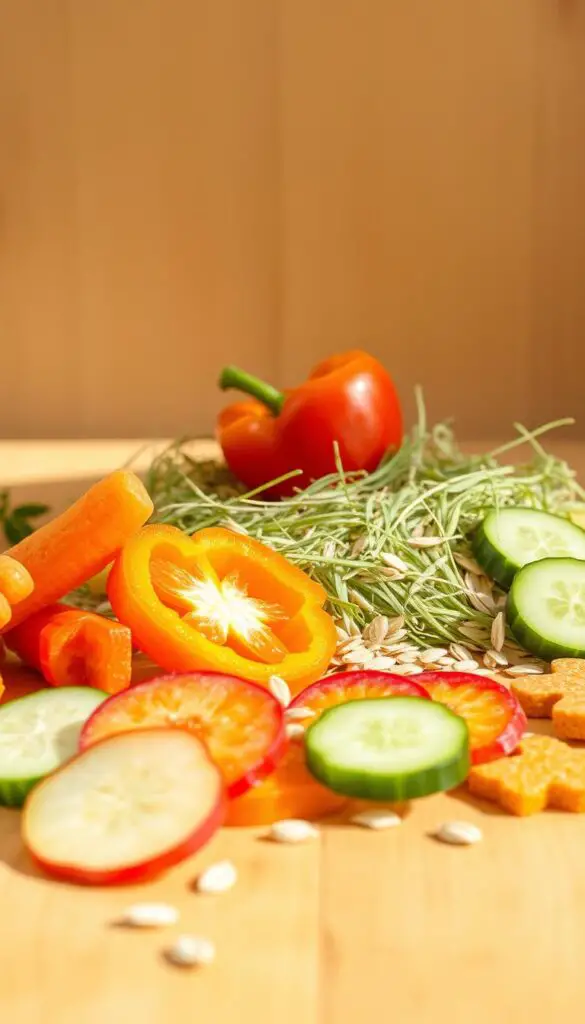
Watching your pet explore new flavors can be rewarding when done right. Focus on natural options that align with their biological needs while keeping mealtime exciting.
Fresh Produce Powerhouses
Colorful vegetables should form the foundation of special snacks. Red bell peppers deliver a vitamin C boost with satisfying crunch, while Romaine lettuce offers hydration. Rotate options like zucchini slices or cilantro sprigs to prevent boredom.
Creative Homemade Solutions
Skip store-bought snacks and try these ideas:
- Apple tree twigs for dental health
- Frozen watermelon cubes (seedless) for summer days
- Herb mixes with parsley and basil
Fruits like strawberries or select berries work as occasional sweets. Always remove seeds and limit portions to thumbnail-sized pieces twice weekly.
For extra nutrition, crush vitamin C tablets into powder and sprinkle over hay. Remember: treats should complement – not replace – their main diet of grasses and leafy greens. Your furry friend’s vibrant health depends on mindful choices!
Monitoring Your Guinea Pig’s Health After Treats
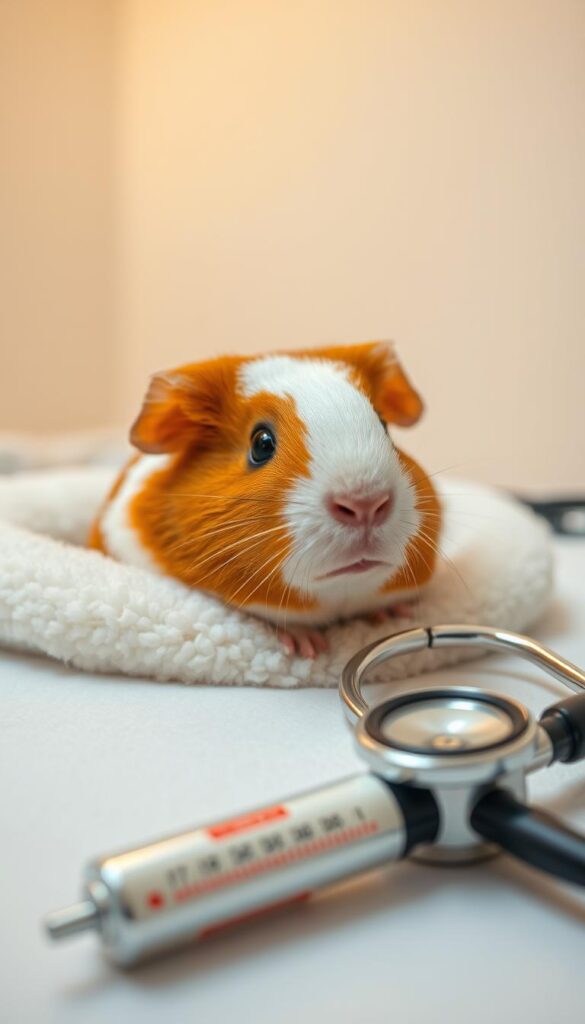
Spotting trouble early makes all the difference when your furry companion samples new foods. Watch closely for subtle changes – their small size means even minor issues can escalate quickly.
Recognizing Warning Signs and Digestive Distress
A hunched back or fluffed-up fur often signals discomfort. If gentle belly touches make them squeak or pull away, contact your vet immediately. Reduced appetite or fewer droppings than usual also raise red flags.
Excessive thirst after snacking might indicate salt overload. Keep their water bottle full and offer cucumber slices for extra hydration. “Many owners don’t realize how rapidly dehydration develops,” warns a leading exotic animal clinic.
Track symptoms like lethargy or bloating in a notebook – note timing and severity. This helps your vet diagnose faster during emergencies. Don’t wait for symptoms to “pass” – delayed care risks permanent damage.
If weight gain occurs, eliminate all processed snacks and increase floor time. Hide veggie pieces around their enclosure to promote natural foraging behavior. Your pet’s recovery depends on swift action and returning to their species-appropriate diet.
Debunking Common Myths About Human Snacks for Pets
Pet owners often hear conflicting advice about sharing snacks with small animals. Let’s clear the air: many popular beliefs about “safe” human foods stem from misunderstandings of herbivore biology.
Separating Fact from Fiction
“Just a little won’t hurt” ranks among the riskiest myths. Processed snacks disrupt gut flora within hours, even in tiny portions. Another fiction? “They’ll stop when full.” These animals lack natural brakes for high-sodium or sugary foods, often overeating harmful items.
Some claim baked goods provide fiber. Truth? Refined flour offers none of the roughage found in hay. Always prioritize fresh greens over pantry staples – their systems evolved munching plants, not pantry items.
When to Consult Your Vet
Reach out immediately if your companion shows diarrhea, refuses meals, or acts lethargic after sampling new foods. Track symptom duration and severity – detailed notes help vets diagnose faster.
Schedule check-ups if weight fluctuates unexpectedly or coat quality declines. Proactive care prevents minor issues from becoming crises. Your vet can recommend species-specific treats that satisfy cravings safely.
Stick to nutrition plans tailored for small herbivores. With smart choices and myth-busting knowledge, you’ll keep your furry friend thriving for years!
